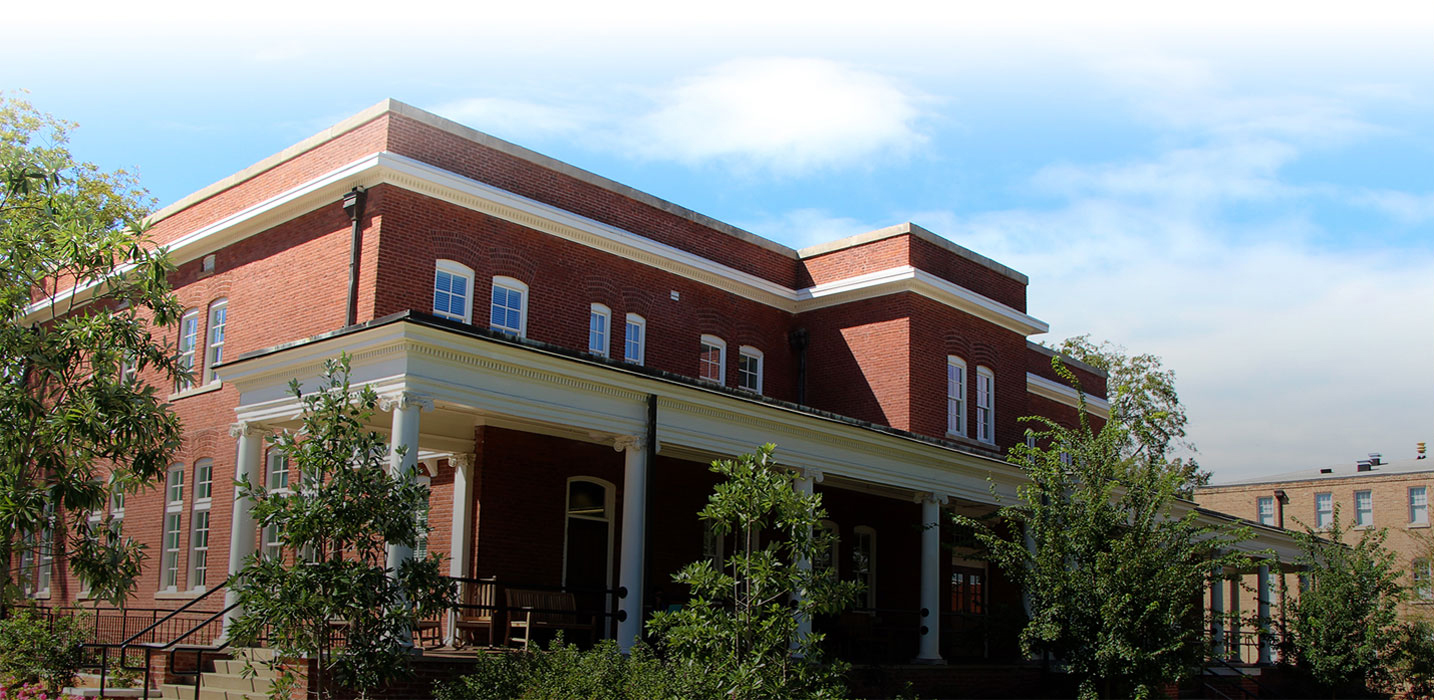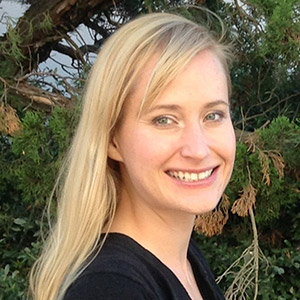In the spring of 2015, a magnitude 7.8 earthquake struck Nepal, killing nearly 9,000 people and injuring more than 20,000 people. The disaster displaced thousands of people as local and international humanitarian and rescue groups worked to save lives and recover victims from rubble. Images of these rescue efforts dominated news media on mainstream outlets.
This moment, when public attention is focused on a specific place, can provide an opportunity for community groups to bring issues into the public conversation that might otherwise be unnoticed. A new study from the University of Georgia shows how low-caste groups in Nepal used media coverage of the earthquake to bring attention to caste rights and discrimination.
Dalits are members of the lowest caste in Nepal. People labeled low-caste are subject to daily discrimination and are denied access to resources like basic health services, safe housing, clean water or education.
“When the disaster happens, these people are already in a very vulnerable position,” said Sarah E. DeYoung, an assistant professor of health policy and management in UGA’s College of Public Health and lead author on the study. “It’s important to be aware of caste rights is because then you can understand how relief unfolds for different groups.”
Though the caste discrimination is illegal, it’s still pervasive. Yet, due to their status, low-caste individuals lack a platform to advocate for caste rights. The days and weeks following the earthquake presented a unique chance for these groups to have their voices heard.
After deploying to Nepal for reconnaissance fieldwork following the 2015 earthquake, DeYoung’s team searched news archives between April 25, 2015 and April 25, 2017. They identified 25 articles from various news sources for analysis to understand how the Dalit community leveraged the media to create narratives around caste after the disaster.
Many of the news articles were written as op-eds, and discussions of social vulnerability appeared repeatedly. Immediately following the earthquake, authors described how discrimination impacted aid distribution. For example, Dalit survivors were often last to receive blankets and food – an observation that DeYoung and her team also documented during fieldwork.
Another recurring theme identified disaster recovery as an opportunity for future change. However, none of the articles made explicit calls for policy change related to caste rights. Rather, most articles seemed to have inspired more aid donations.
“I think the reason why the narratives focused on aid is because it was really effective,” said DeYoung.
In this case, DeYoung believes that mobilizing an effort to change policy through op-eds would be especially difficult because the only voices raising the issue of caste rights belonged to the same few groups.
Though there were many accounts of unequal aid distribution and caste discrimination shared anecdotally in survivor camps, the topic didn’t come up in meetings led by large aid organizations, like the United Nations.
“The narrative belonged to a few, select people, which is a problem because I think those groups that have more power and agency could have been spreading the message a little more,” she said.
DeYoung urges disaster researchers and planners to study how cultural differences and minority rights can impact the experiences of communities after the disaster.
“For example, in U.S. disasters, we don’t know a lot about LGBTQ evacuees. There’s not a clear data system where you’re tracking sexual orientation in sheltering scenarios, but it would be useful to know whether people might be hesitant to shelter because of their identities,” she said. “The more we know, the more we can inform policy.”
The paper, “Issue Attention & Group Mobilization for Caste Rights Following the 2015 Nepal Earthquake” published in Earthquake Spectra. A PDF is available here: https://earthquakespectra.org/toc/eqsa/33/S1?code=eeri-site
Samantha Penta, an assistant professor in the College of Emergency Preparedness, Homeland Security and Cybersecurity at University at Albany, SUNY, co-authored this paper.
– Lauren Baggett
Posted February 7, 2018
Additional coverage at the ASPPH Feb. 16 Friday Letter.







